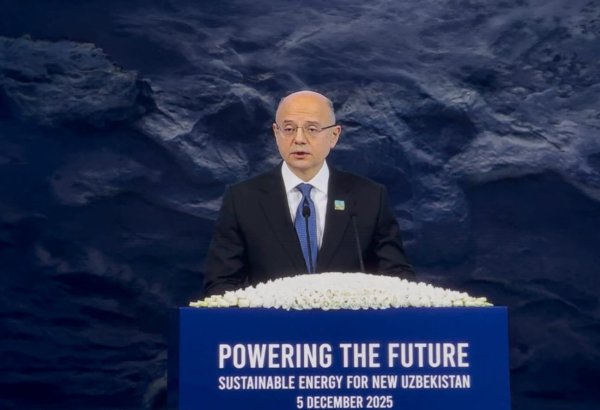BAKU, Azerbaijan, October 23. The region's largest solar power plant "Garadagh" will be put into operation in Azerbaijan in the coming days, TurkicWorld reports.
According to the Ministry of Energy of Azerbaijan, a regular meeting of the Commission "On Measures for the Implementation of Pilot Projects in the Field of Renewable Energy Sources" established by the Decree of the President of the Republic of Azerbaijan dated December 5, 2019 was held.
The meeting chaired by Azerbaijani Energy Minister Parviz Shahbazov included reports on the work done for the current period.
It was stated that the work on the development of Azerbaijan's liberated territories as a green energy zone continues, and regular monitoring is carried out for this purpose.
In addition, taking into account that Nakhchivan was declared a "green" energy zone by President Ilham Aliyev, the implementation of the state program of socio-economic development for 2023–2027, which includes increasing the share of renewable energy sources in Nakhchivan, was discussed. It was also reported that the work on the export of "green" energy to Europe is ongoing.
The participants of the meeting discussed which areas of the sea will be allocated for renewable energy projects, documents to be signed, the integration of new capacities into the grid, and other issues.
The meeting ended with a discussion of further steps and tasks related to the realization of renewable energy projects in Azerbaijan.
Representatives of the Azerbaijani Ministries of Energy, Emergency Situations, Ecology and Natural Resources, Defense, Economy, Finance, Justice, Agriculture, Digital Development, and Transport, the State Oil Company of Azerbaijan, Azerenerji, and Azerishig, the Central Bank, the State Committee for Urban Planning and Architecture, as well as the Agency for Mine Clearance, attended the meeting.
The agreement for the Garadagh solar power plant project with a capacity of 230 MW was signed in January 2020. The implementation of this project in partnership with Masdar will reduce carbon dioxide emissions by 2,000 tons per year and provide electricity to 110,000 residential homes.






















